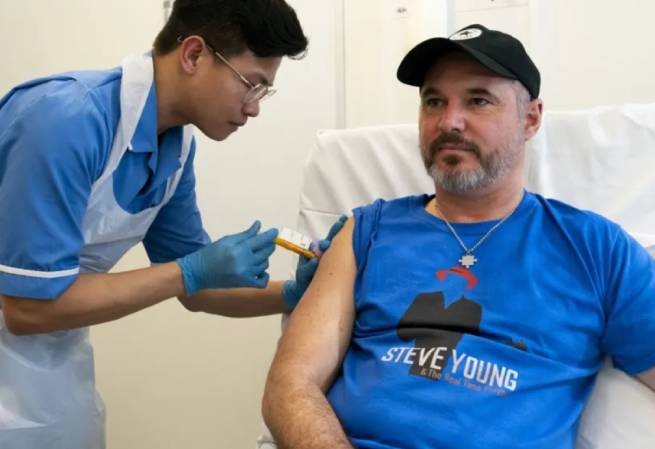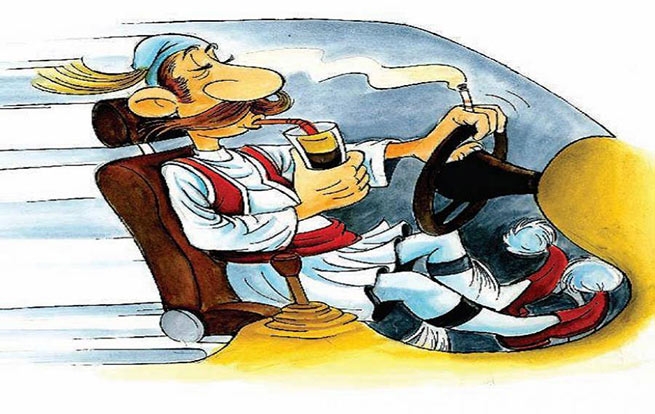5.2% of the Greek population aged 16 and over say they are completely satisfied with their lives, while 1.1% are not satisfied at all. At the same time, 56.8% say they are very satisfied with the way they live.
This follows from a sociological study that collected and analyzed data on income and living conditions of households in the past 2022.
Research data:
- Concerning degree of satisfaction of the population aged 16 and over financial position, then 5.7% believe that they are not at all satisfied, and 1.9% are completely satisfied. The largest percentage of the poor (70.2%) say that they are completely or partially dissatisfied with their economic situation, while the percentage of the non-poor is 25.9%. Only 2.3% of the non-poor population state that they are completely satisfied with their financial situation.
- 33.1% say they are very happy with how they spend their time, and another 59% say they are “very happy with their personal relationships.” 1.5% say that they felt lonely during the last four weeks. Accordingly, the indicator in terms of the poor and non-poor population was 2.3% and 1.3%.
- 17.1% say they were happy all the time, and for the poor and non-poor, the respective shares are 14.1% and 17.8%.
- 55.1% state that didn’t feel lonely at allwhile for the poor and non-poor this percentage is 47.8% and 56.8%, respectively.
- 3.5% of the population aged 16 and over say they have didn’t feel happy at allwhile the corresponding figures for the poor and non-poor are 5% and 3.1%.
- 88.2% claim that they have someone they can turn to for moral, material and financial help. At the same time, the share of the poor and non-poor population is 85.5% and 88.8%, respectively. 13.2% of the population aged 16 and over state “strongly agree or agree” that they feel socially excluded. At the same time, the share of the poor and non-poor population is 19.2% and 11.8%, respectively.
Social and cultural participation
- 20.8% said they went to the cinema up to 3 times in the last 12 months, and 5.7% went to the cinema more than 3 times. 23.2% did not go to the cinema because they watch films on TV, online or elsewhere, and 12% because of the pandemic. 22.7% stated that they personally attended performances such as theater, opera, concert, etc. up to 3 times in the last 12 months, and 5.4% attended such shows more than 3 times. 31.6% did not attend the show because they were not interested, and 13.9% because of the pandemic.
- 15.2% stated that they visited places of culture such as archaeological sites, museums, art galleries, etc. up to 3 times in the last 12 months, while 2.7% visited such places more than 3 times. 42.8% did not visit cultural sites because they are not interested, and 12.1% because of the pandemic.
- 11.1% said they have attended sports events in person, as part of a professional or amateur organization up to 3 times in the last 12 months, and 5% have attended such events more than 3 times. 47.6% have not attended sporting events in person because they are not interested, and 8.5% have not attended due to the pandemic.
- 7% of the population said they do some activity (hobbies) on a daily basis, such as music/playing musical instruments, singing, dancing, theatre, photography, drawing, needlework, engraving, writing poetry, etc., 9.3 % every week, but not every day, and 62.2% are not engaged in any activity.
- 30.7% of the population said they had read 1 to 4 books in the past 12 months, 7.8% had read 5 to 9 books, and 4.5% had read at least 10 books. 9.8% have not read books because they don’t have time, and 41.1% are not interested or don’t like them.
- Finally 25% stated that meet with relatives every day, and 1.3% never. 30.2% meet friends every day, and 1.5% never. 44% said that they communicate with their relatives on a daily basis, and 1.2% never. 45.7% communicate with their friends every day, and 2% never. 7.4% stated that they voluntarily participate in official social activities, 6% – in informal public organizations, and 6.3% are active in politics.







More Stories
Greece is at the bottom of the EU in information and communication technologies
Real wages in Greece fell by 30%
ELSTAT: inflation increased by another 3.2% in March